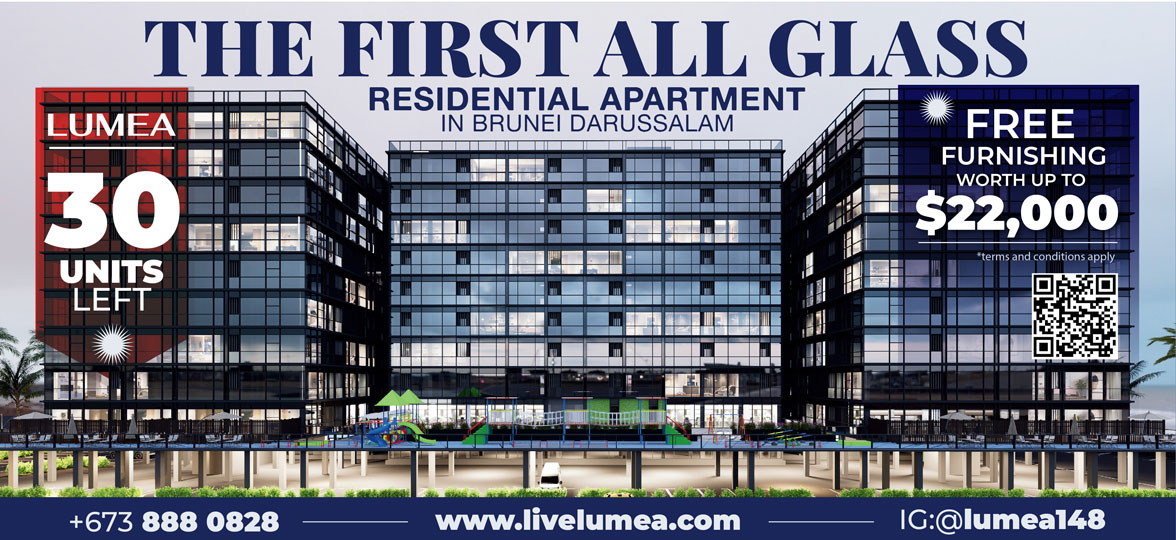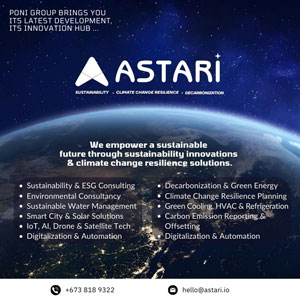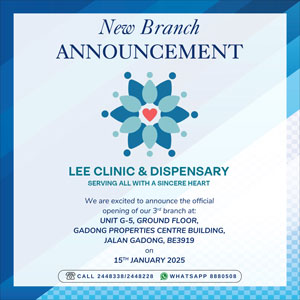SEOUL (ANN/THE KOREA HERALD) – Nestled within the picturesque landscapes of Gangneung, Sorol Art Museum emerges as a beacon of contemporary artistry, inviting enthusiasts and aficionados alike to embark on a journey through its groundbreaking architecture and the visionary works of Lucio Fontana.
The museum’s grand unveiling marks a significant milestone in South Korea’s cultural landscape, heralding the arrival of Fontana’s oeuvre to captivate and challenge perceptions of traditional painting.
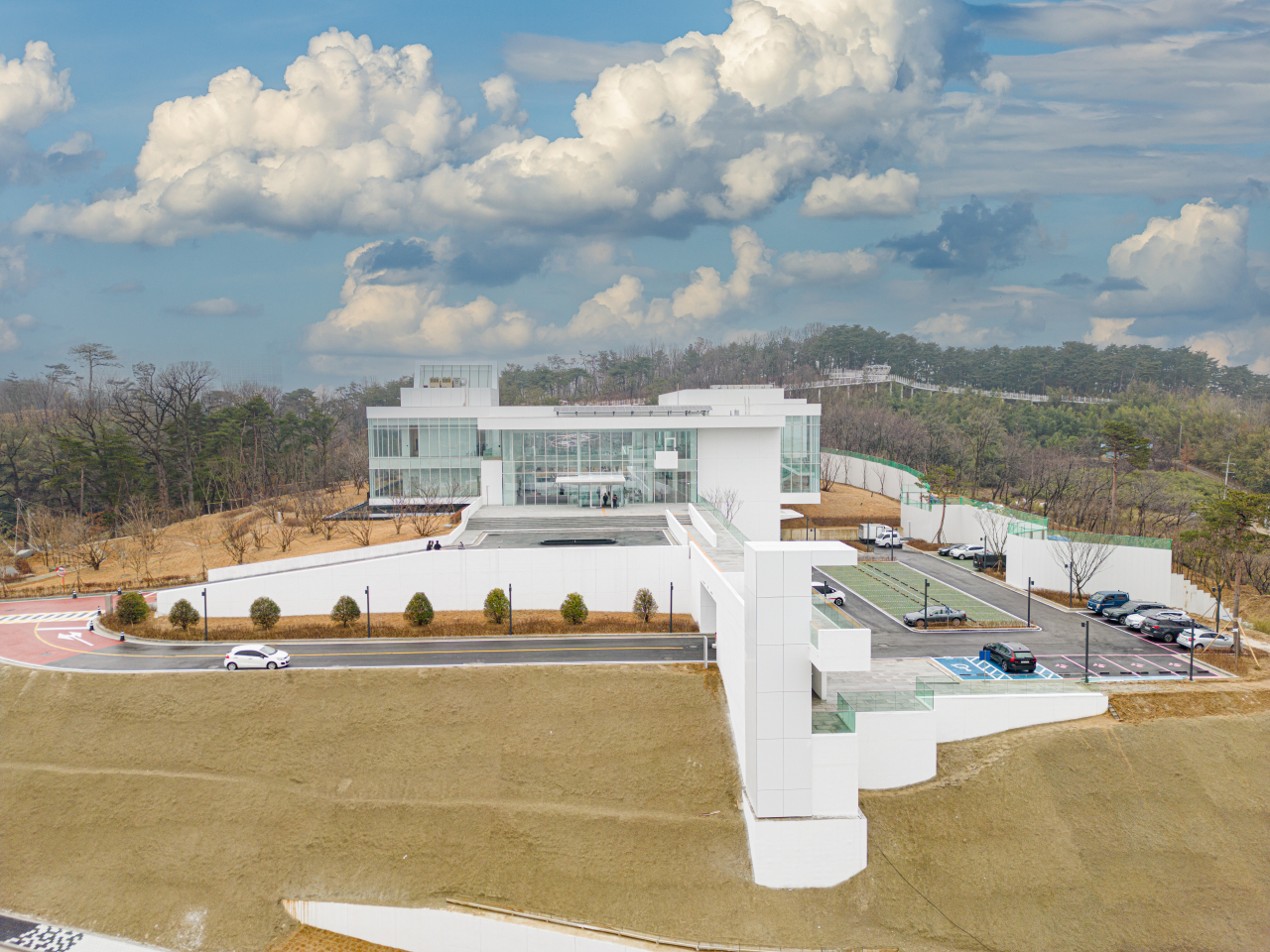
At the heart of Gangneung, amidst its stunning coastal vistas and mountainous vistas, Sorol stands as a testament to architectural ingenuity and cultural convergence.
Designed by the esteemed Meier Partners, helmed by the visionary Richard Meier, the museum draws inspiration from the rich tapestry of Korean architectural heritage while seamlessly integrating modern elements.
With its central courtyard and geometric design ethos, Sorol embodies a harmonious fusion of tradition and innovation, poised to enrapture visitors with its immersive experience.
“The design vision was to create a modest but lyrical composition incised into this spectacular landscape that would become the perfect backdrop for art and remain forever memorable to all who visit,” said Yeon Duk-ho, design partner in charge of Meier Partners.
Within the pure and serene architecture, the museum presents “Lucio Fontana: Spatial Concept” as its inaugural exhibition, which kicked off Wednesday and is set to run through April 14. It is the first-ever exhibition of the art master in South Korea.
The exhibition is curated by the Lucio Fontana Foundation in collaboration with the Korean Research Institute of Contemporary Art.
The exhibition brings together 27 works – six spatial installation works, 12 paintings and nine sculptures – from the Lucio Fontana Foundation’s collection. The works, created after 1947 – the year Fontana introduced the spatialism art movement, reveal the artist’s research within the spatial lexicon, according to the foundation.
With spatialism, Fontana attempted to encapsulate form, colour and sculptural aspects of sound in space, seeking to extend his art into the fourth dimension by incorporating the viewer’s movements.
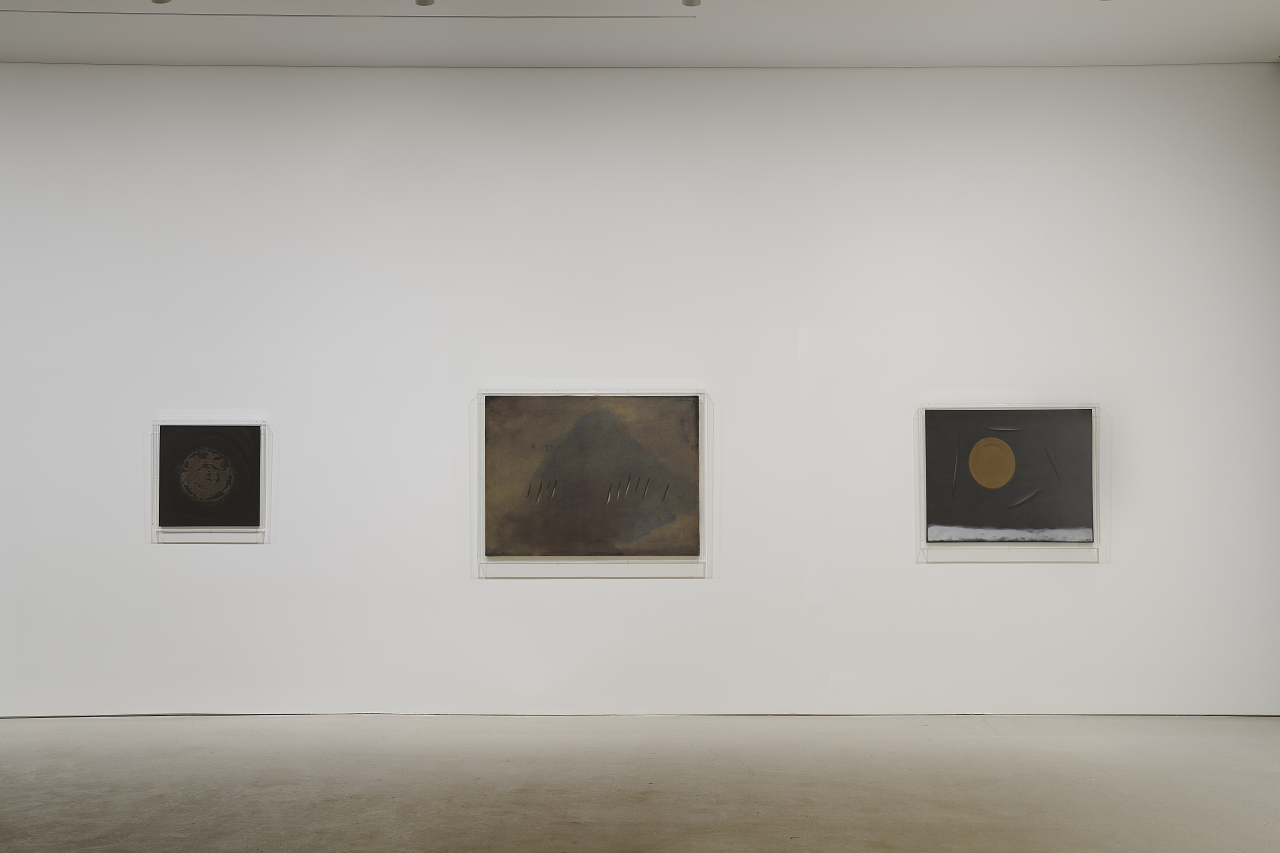
“The works of Lucio Fontana, introduced for the first time in Korea through this exhibition, unfold the historical context of his innovative spatial art proposed in the late 1940s, raising significant aesthetic questions pertinent to contemporary art where the fusion of art and technology emerges as a crucial theme,” said Kim Suk-mo, director of the museum.
Along with the Fontana exhibition, the museum also unveiled “In Dialog: Quac Insik” to illuminate the works of renowned Korean artist Quac In-sik (1919-1988) at its third exhibition hall. As an avant-garde artist who explored materiality, he opted to shatter glass plates with iron balls or tear and reassemble metal plates.
“The similarities in their performative and methodological approaches offer ample grounds for comparison,” the museum said in introducing the two exhibitions.
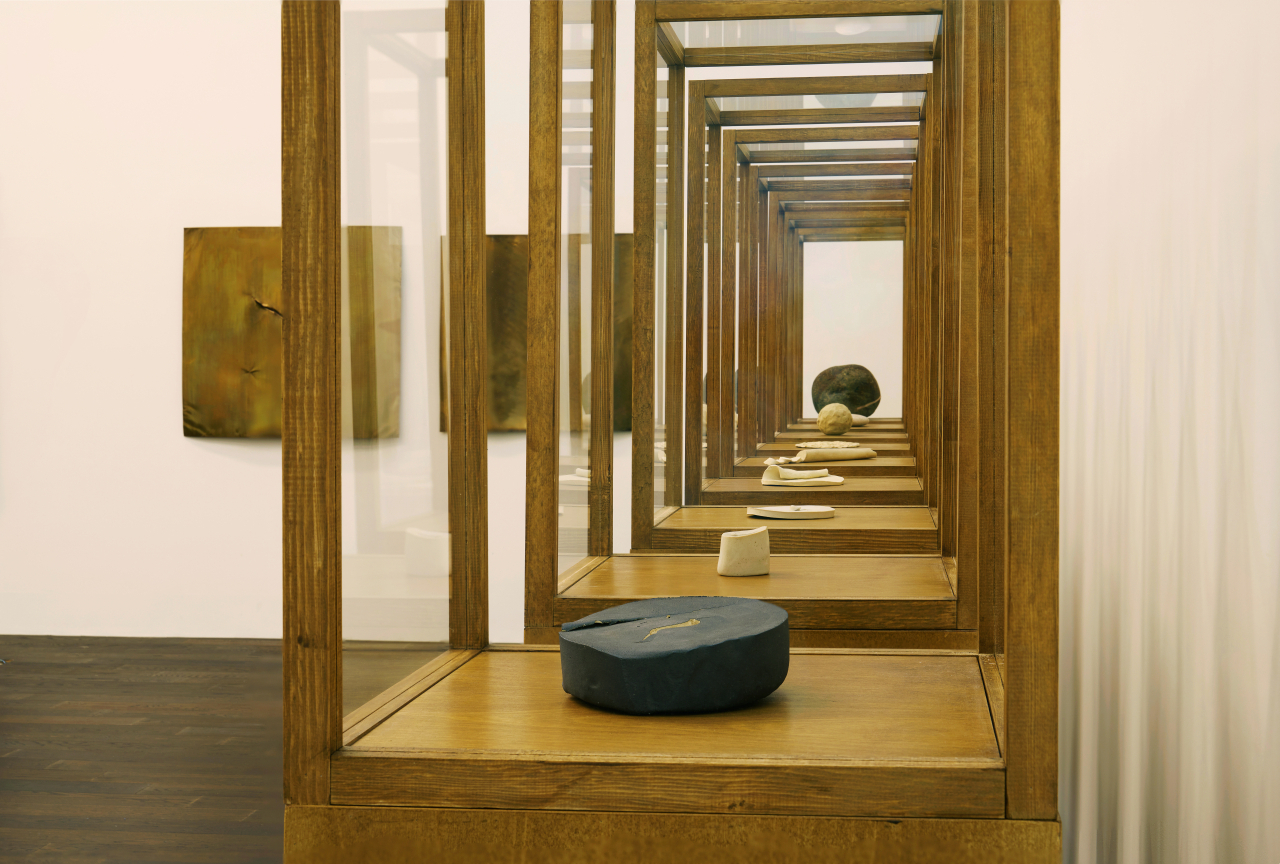
For the second exhibition slated to take place from May 4 to Aug 25, the museum will shed light on prominent American artist Agnes Martin, which will mark the artist’s first museum-scale solo exhibition here.

